Here at the Language and Literacy Center, parents ask us this question all the time. Graphic novels have not traditionally been seen as “legitimate” reading material and some parents understandably worry that they are not “serious” enough to count as reading.
Yet, graphic novels offer many benefits to young readers, which is why we wholeheartedly support them. In fact, we keep several graphic novels on our bookshelves—well, we try to, but they’re borrowed again as soon as they’ve been returned!
Benefits of Reading Graphic Novels
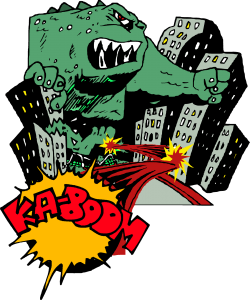 They get kids reading!
They get kids reading!
One of the best ways for a student to improve his or her reading skills is…to read! Anything that engages your child and gets him or her in front of a book is great by us and just as beneficial as reading any other type of text. And, as Amy Mascot says in this post for the Scholastic Parent blog, graphic novels are rich in text, plot, characters, and conflict, just like any other novel.
They’re inclusive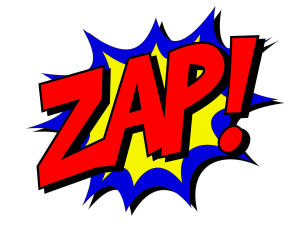
Graphic novels are fabulous for all readers, but they can be particularly great for readers with learning differences. According to this post by Kyle Redford for our friends at the Yale Center for Dyslexia and Creativity, graphic novels are wonderful for readers with dyslexia because “they offer dyslexic readers several different cues to the story…to help decipher meaning.” Furthermore, using context to decipher unknown words is a skill from which all students benefit.
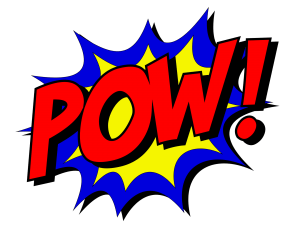 They can lead to writing practice
They can lead to writing practice
Kids love making their own comic books. And while they’re making them, even though they don’t realize it, they’re practicing letter formation, spelling, and punctuation—and they’re thinking about character, plot and transitions. The skills students use while making their own comic books can transfer to many other kinds of writing.
They’re great for thinking and talking about picturing
One of the most important skills readers use to understand and remember text is that of visualizing, or picturing while reading. This skill is also what makes reading so fun! It’s so important that we offer an entire program teaching our students how to picture.
Graphic novels can be a great way to start a conversation with your child about the pictures they make when they read—to make sure they are picturing or to help them assess their own pictures. It’s also helpful for us when we talk with our students about what their pictures look like—especially abstract ideas like feelings (“hurt,” “confused,” “hopeful”), sensations (“spicy!”), or seasons. Reading graphic novels with these concepts in them can help students learn how to visualize them when they encounter them in text unaccompanied by a picture.
Graphic Novels We Recommend
Most Popular at the LLC
The “Most Wanted” graphic novels on our bookshelves are three books by the same (Bay Area!) author, Raina Telgemeier: Smile, Sisters, and Drama. Telgemeier’s third graphic novel, Ghosts, came out September 13th and was featured in a recent NPR story.
-
Smile and Sisters are autobiographical graphic novels about Raina’s experience losing her two front teeth in middle school and about learning to get along with her sister, respectively.
-
Drama is the story of the protagonist, Callie’s, quest to create the perfect set for her middle school play.
All three books perfectly capture the middle school experience, with all of its emotional angst and social turmoil, with engaging, colorful, and funny pictures.
-
Ghosts takes a more serious turn, as characters Catrina and Maya move to a haunted Northern California town as part of a treatment for Maya’s cystic fibrosis. The two girls look for ghosts and confront their own questions about mortality.
Other Popular Graphic Novels at the LLC
-
El Deafo by Cece Bell. The story is based on Bell’s own experiences with hearing loss and having to wear a large hearing aid at a young age. In the graphic novel, however, Cece is able to become “El Deafo, Listener For All,” a superhero!
More Recommendations
Here’s a list for the best graphic novels for children from ilovelibraries (an intiative of the American Library Association). The list is broken down by age.
And here’s a list from the Young Adult Library Services Association for great graphic novels for teens. The list is broken into fiction and non-fiction.

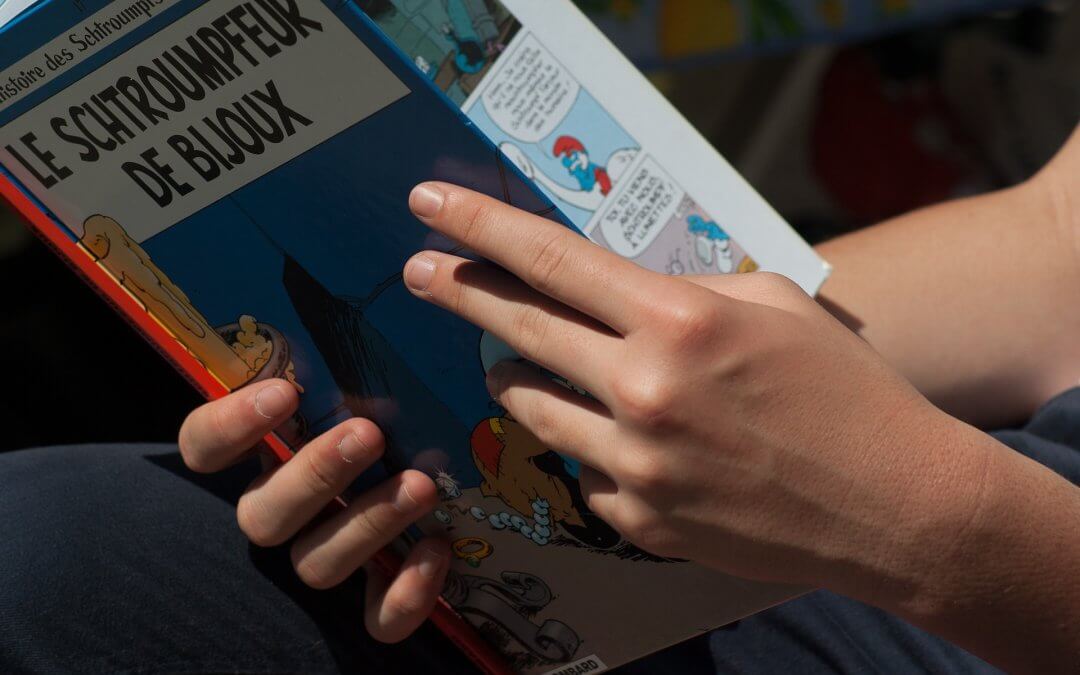

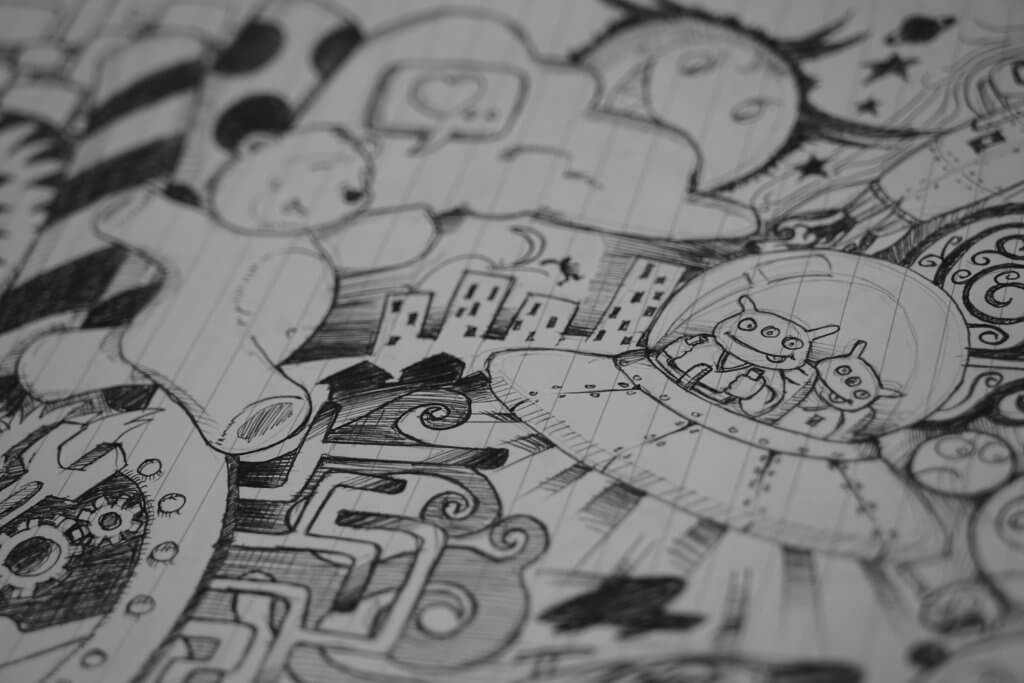
Recent Comments